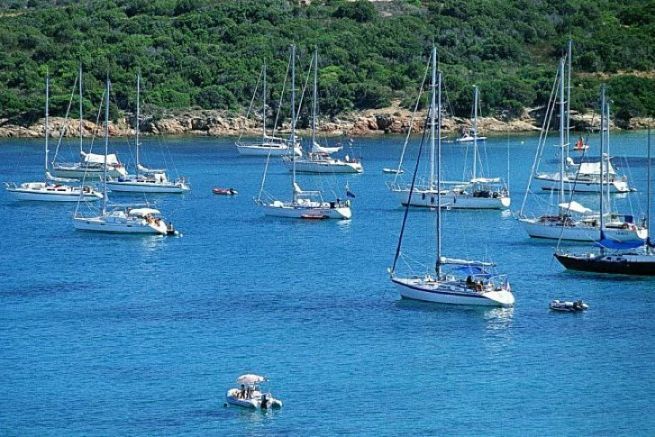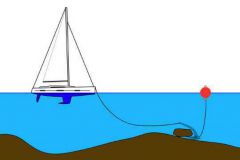In previous articles we have mentioned these anchorages that leave lasting memories and the method to choose them well sheltered from the wind, the swell and possible currents . We also talked about anchor lengths, the turning circle and the peace and quiet of our neighbors.
But some questions remain:
- Which anchor for my boat? One or two anchorages?
- What length of chain and also what diameter?
- Are there different techniques depending on the circumstances?
What anchor?
Today, there are several types of anchors, with different shapes. Each of them has its own qualities and guarantees a good hold depending on the terrain encountered.
There are 5 main families:
- The grapples
- Flat anchors
- Ploughshare" anchors
- The "spoon" anchors
- Lightweight anchors
The grapples
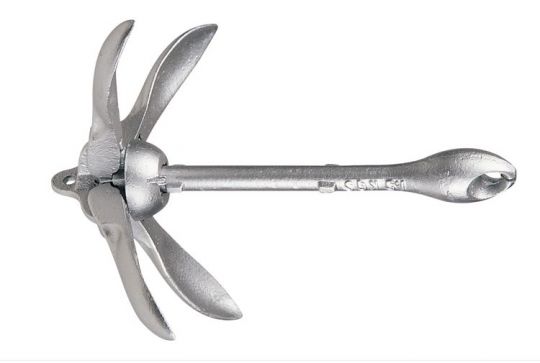
The grapple is mainly used for dinghies or a break anchorage without wind or current. It is light and not very cumbersome. It is easy to use as long as there are no knots in the rope, which must be small in diameter.
The flat anchor
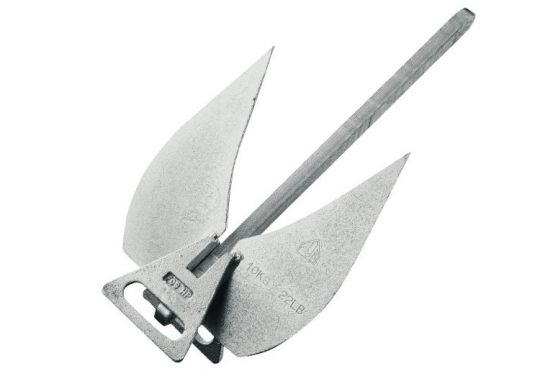
The flat anchor can be used on sandy or muddy bottoms. This is the oldest form, still widely used, but which is gradually giving way to the new generation of lighter anchors with a more sophisticated geometry.
The "ploughshare" anchor
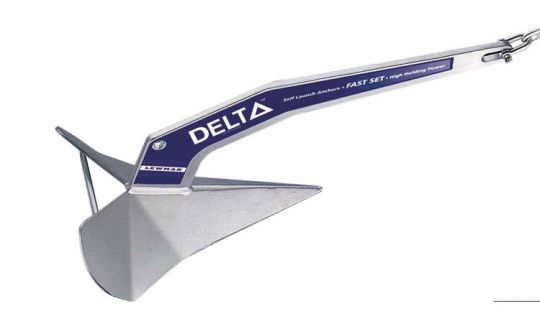
This type of anchor, as its name indicates, is simply inspired by plows. It is very efficient and has an incomparable burying effect even if the anchor slips. There are models with articulated rods, such as the very famous CQR, or fixed rods such as the Rock or Delta.
The "spoon" anchor
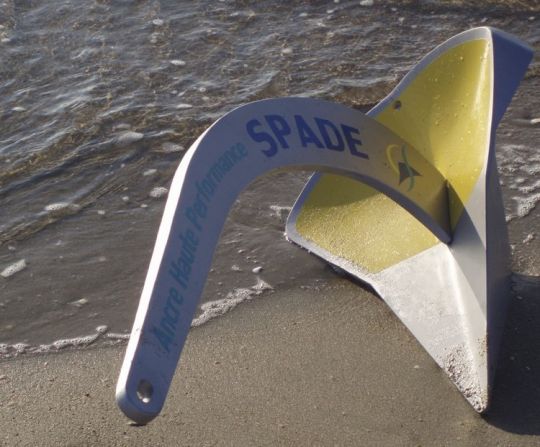
Initiated by the Spade brand, these anchors have proven their performance. They have a ploughshare shape, but with a concave shovel guaranteeing rapid burial. Its hollow rod and its very strongly weighted tip (50% of the total weight) contribute strongly to this action.
The light anchor
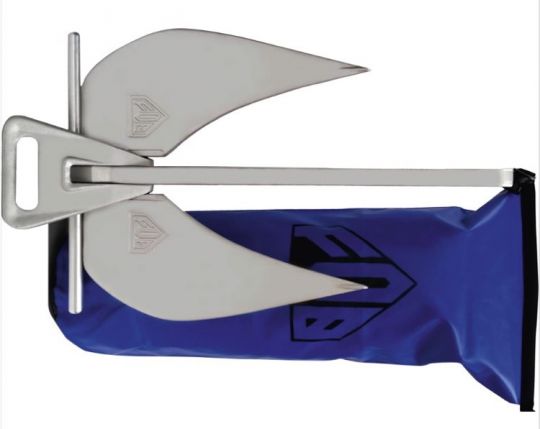
Made of aluminum and magnesium, it can be used as a light anchor for a picnic or as a back anchor. Mounted with a leaded braid, it can be disassembled most of the time and is also a precious tool in case of empennage.
In summary, for the same holding characteristics, the anchor's size and weight differ. The small table below gives us some comparisons.
We have the anchor, what about the chain?
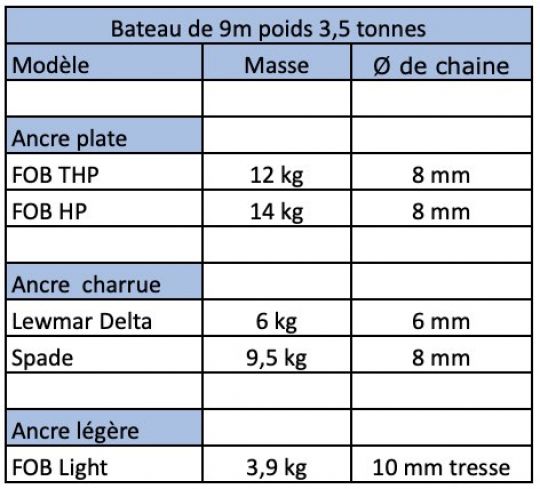
The length and diameter of the chain are the most important elements of a good anchor. It is the chain that will ensure that the anchor will hold. The best anchor in the world will not hold if the chain length is insufficient.
Ideally, you should equip your boat with a long length of chain, which will allow you to anchor in deep water. When anchored, it is essential to anchor a length of chain between 3 and 5 times the maximum water level depending on the weather conditions.
The good compromise is to have between 25 and 30 m of chain in the anchor locker and at least as much rope of the right diameter. For our example, with a 3.5 t boat, we will take a 14mm diameter rope.
What if the weather gets worse?
First, if you have not planned anything and there is "water to run" to leeward, you must extend your anchor to make the anchor and chain work parallel to the bottom.
If you don't have that option, it may be best to seek a safer shelter if it is still possible.
We can also use an anchoring technique called "empennelage". This old and proven technique gives very good results. It consists of aligning two anchors on the same line and making them work together..

It is therefore necessary to rig a second anchor, with at least a chain height of water, in front of the main anchor. The combined resistance ensures a very good hold.
It is sometimes recommended to use two anchors of the same shape and, if possible, of the same weight to prevent one from slipping and causing the other to slip.
